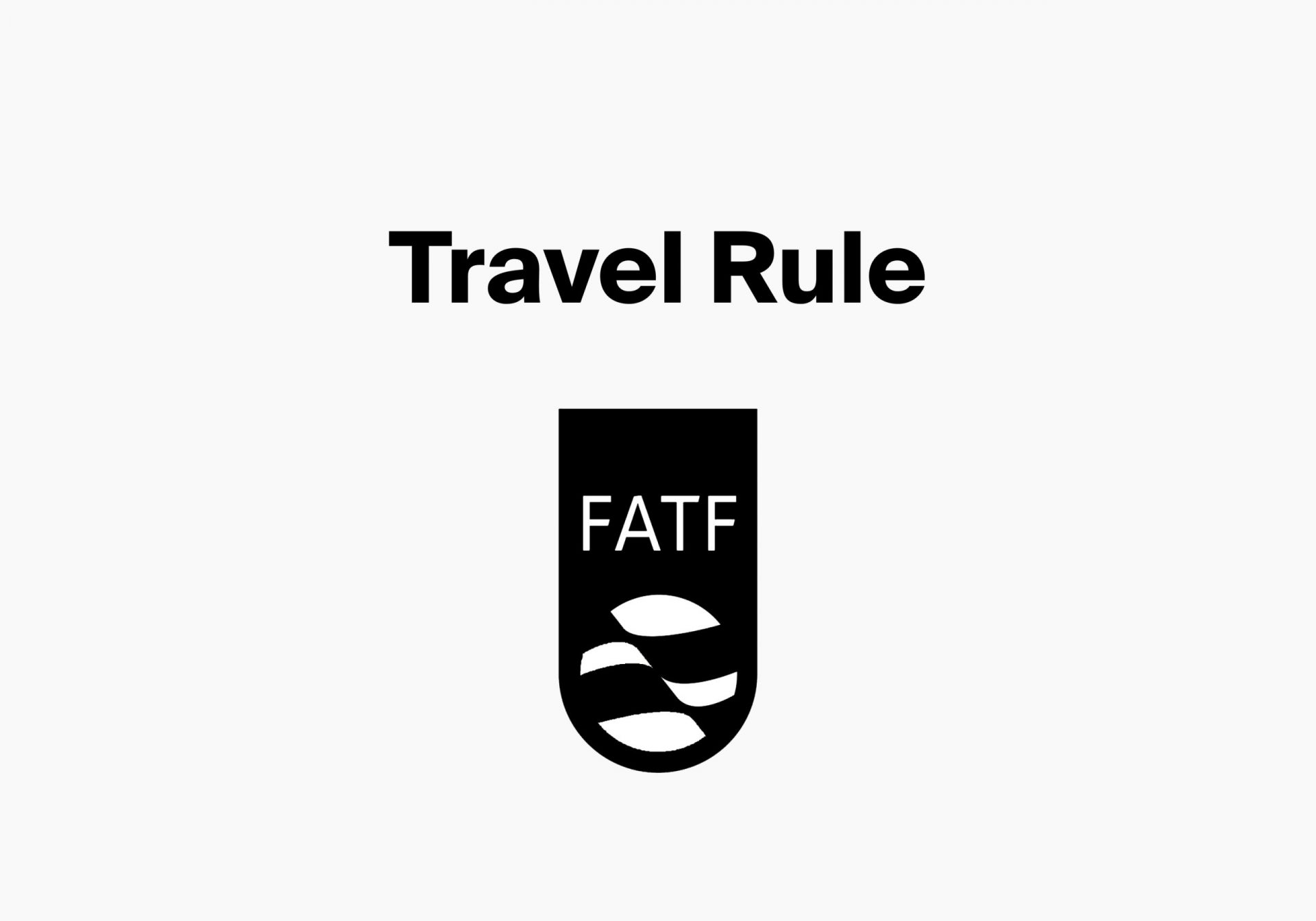What is the Travel Rule?
In 1995, The Federal Reserve Board And The Financial Crimes Network (Fincen) Passed A Law Requiring Banks And Financial Institutions To Record Information About The Transfer Of Their Customers’ Funds.
The Recordkeeping Rule and the Travel Rule were the two main parts of this banking law.
The law on records required financial institutions to record and maintain transaction information. On the other hand, according to the law on the transfer of information, financial institutions had to transfer their information along with funds. The main question is, what does this information include?
The Travel Rule came into force in May 1996. This law has been developed and implemented as a supplement to the laws related to the field of records. One of the main goals of the law is to combat information transmission money laundering Is.
Under the Data Transfer Act, financial institutions are only required to provide records of transactions valued at more than $ 3,000. It should not forget that the type of currency used in the transactions does not matter, and only their dollar value matters.
The requirements of the law of transfer of information for the source include the following:
- Transmitter name
- Transfer account number
- Transmitter address
- Identity information
- Amount transferred
- Transfer date
The entity that is designated as the destination of the transaction should also include the following in its report:
- Recipient name
- Recipient address
- The Recipient account number
- Any specific identity information of the recipient
Contrary to the Financial Action Task Force (FATF) guidelines, the Financial Crimes Network America Requires institutions to record and maintain destination-related data in addition to the transmitter information.
Other differences between the rules of the Financial Action Task Force and the Financial Crimes Network concerning the law on the transfer of information include value transfers; According to Financial Action Task Force, this range includes transactions above $ 1,000, and in the case of the Financial Crimes Network, this range is over $ 3,000.
According to the Financial Crimes Network guidelines, there is no need to comply with reporting requirements if the source and destination of the transaction is an individual or the receiving financial institution and the origin of the transaction is a domestic bank or domestic securities broker. There are other exceptions to this rule that have nothing to do with digital currencies.
According to this law, financial institutions are required to maintain the financial information and records of their customers for a period of 5 years. It should not forget that this law covers both banks and non-bank financial institutions.
Recent changes in the law on information transfer
In October 2020, the Federal Reserve Governing Council and the Financial Crimes Network reduced the reporting range from $ 3,000 to $ 250 in joint statements. This applies only to transactions that have an origin or destination outside the United States.
In late 2020, the Financial Crimes Network required banks, digital currency exchanges, and financial service providers to receive and record transfers of more than $ 3,000 worth of customers through announcements. According to the agency, any transfer from/to private wallets is covered by this law. According to the announcement, banks and financial service providers were required to record, collect, maintain, and report additional digital currency transactions with unsecured wallets.
Businesses that do not align their current affairs and services with the Financial Action Task Force rules may face domestic and international sanctions. FATA members are also required to accept the Data Transfer Act. There is also a fine for infringing businesses; Violating companies may be fined up to $ 40,000.
Now that we have learned the generalities of these laws, the question arises as to the application of these laws in the field of Blockchain. What are its challenges?
China Blockchain Information Transfer Rules
Digital currencies, such as bitcoin, have certain features that make it difficult to perform travel roles. The lack of third-party information in the China bloc is one of these challenges.
According to the Data Transfer Act, financial institutions and virtual asset service providers (VASPs) must transfer the recorded information to other entities.
However, these providers record limited information, and it is not possible to use this information to determine which transactions are subject to data transfer rules and which are not. In digital currency transactions, only the recipient and sender addresses are recorded, presenting challenges.
Exchange offices have tried to tighten the conditions for authentication and Use. One of the tools of Chinese blockchain analytics companies such as CipherTrace is to facilitate implementing restrictions and rules of the Financial Action Task Force in data transfer law.
Conclusion
The Data Transfer Law is a legal requirement that aims to combat anonymous interbank transactions and digital currency transactions used for money laundering and terrorist financing. Banking transfer companies, such as digital currency exchanges seek to adapt their business to the terms announced by the FATF using authentication mechanisms.
Legal information transfer for citizens of sanctioned countries such as Iran is doubly important; Because with the full implementation of this law, the accounts of Iranians in foreign exchange offices that have accepted the FATF rules will be endangered.











